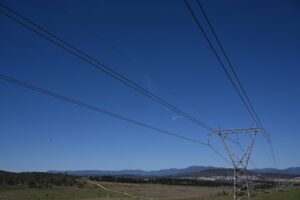The battery subsidiary of German carmaker Daimler will begin construction of a new €500 million (US$544 million) lithium-ion battery manufacturing facility in the third quarter of this year. The factory will produce batteries for electric and hybrid Mercedes-Benz and smart cars, along with stationary storage products for commercial and residential customers.

Daimler subsidiary Deutsche ACCUmotive will lead its battery storage activities, and it reports that Mercedes-Benz storage systems for residential customers can already be ordered and will “soon” be installed by sales and service partners.
Deutsche ACCUmotive is introducing both a 2.5 kWh and 5.9 kWh battery units to residential customers. The systems can be combined into a larger 20 kWh storage system.
The new Deutsche ACCUmotive factory will be located adjacent to a €100 million (US$109 million) lithium ion facility, the construction of which announced in 2014. The new facility will increase the battery factory floor space from 20,000 square meters to 60,000 square meters. The factory is to be located in the southeastern Germany state of Saxony.
“To get closer to fully electric driving, we keep investing big in the key component of emission-free vehicles: powerful batteries,” said Dieter Zetsche, Chairman of the Board of Management of Daimler AG and head of Mercedes-Benz cars, in a statement. “We are now devoting another €500 million to build a second battery factory in Germany.”
Deutsche ACCUmotive entered the stationary storage market last year, having announced the strategic move towards the end of 2014.
Groundbreaking on the new manufacturing facility is expected to take place in the northern hemisphere autumn, with full production scheduled for summer 2017. The company claims to be developing 29 MWh of industrial battery storage installations.
Source: PV Magazine. Reproduced with permission.








